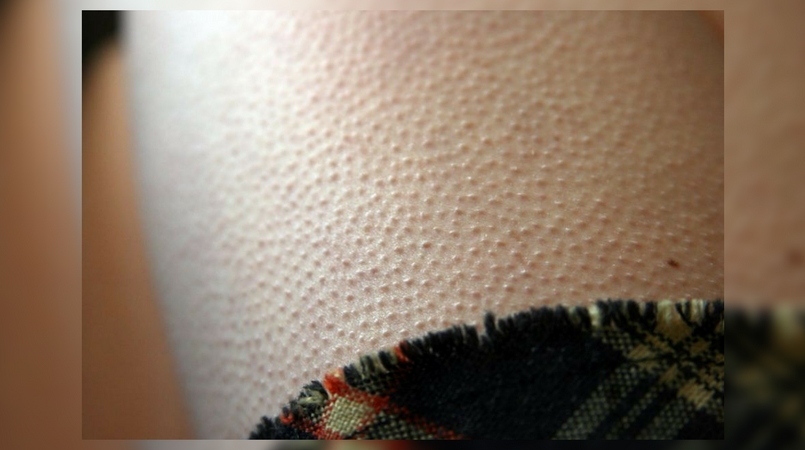
It has long been thought that goosebumps were just evolutionary residue from the caveman era of fight or flight responses or trying to beat the cold.
But new research shows that we may have been underestimating the role of the humble goosebump.
Professor Rod Sinclair, dermatologist at the University of Melbourne, explained he had been "following a hunch" that goosebumps were not just an evolutionary by-product.
It turns out that Professor Sinclair's hunch may have been on track, as his new research shows the "goosebump muscle" could hold the key for skin cancer, baldness and burns treatment.
"As we do more research we find that nothing is for nothing. It's almost as though there's a grand design to the body.
"So when somebody tells me [goosebumps are] of no functional significance it always makes me wonder if that's true or if whether we just don't know what its value is."
How do goosebumps actually work?
Professor Sinclair said humans had roughly two million hairs over their bodies, and on the side wall of every one of those hairs is a muscle — the goosebump muscle known as the arrector pili.
"In mammals that have long hair from head to toe, that muscle is very important because when it contracts it causes the hair to stand on end," he said.
For a mammal covered in hair this can help to protect against the cold and make the mammal look bigger.
However for humans, with far less hair, it is a fairly ineffectual response to the cold or for defence.
"Because we aren't covered in hair, the times when we notice goosebumps is when we're cold or when we are under stress, excited or threatened," Professor Sinclair said.
The significance of the goosebump muscle
What Professor Sinclair and his team have recently discovered about the goosebump muscle is the vital function it performs in maintaining hair follicle growth and growth of skin.
It has long been understood that in order for healing and cell regeneration to occur a stem cell niche is required.
Professor Sinclair has discovered that the goosebump muscle maintains this vital stem cell niche.
"Where the goosebump muscle attaches to the side of the hair follicle, this creates a stem cell niche and if you don't have the muscle then you don't have the stem cell."
What could this mean for skin cancer, baldness and burns?
He said the discovery of the goosebump muscle and how it related to stem cells could help to stop the growth of skin cancer cells.
"Knowing where the stem cells are and what maintains the stem cells gives us some insight as to how we might target the skin to protect against the development of skin cancers.
"By understanding what cells are the stem cells, where they are located and how they might actually be exchanged or replenished, might give us insight about making vaccines against skin cancers."
When it comes to baldness, a billion-dollar industry scrambling to find a cure, it turns out that in time the ever-important stem cell muscle is damaged beyond repair.
"What we found was that when we go bald the stem cell niche was not damaged and the early stages of baldness are reversible," he said.
"In the late stages of baldness the muscle starts to turn to fat, and once it turns to fat there's no way of reversing it."
Professor Sinclair said the key could be in discovering why the goosebump muscle was being destroyed.
For burns victims, he said he believed that if hair was transplanted into the burns scar it would help to regenerate the goosebump muscle.
"That will give you more stem cell populations into the burns scar and that will make those scars more robust."
